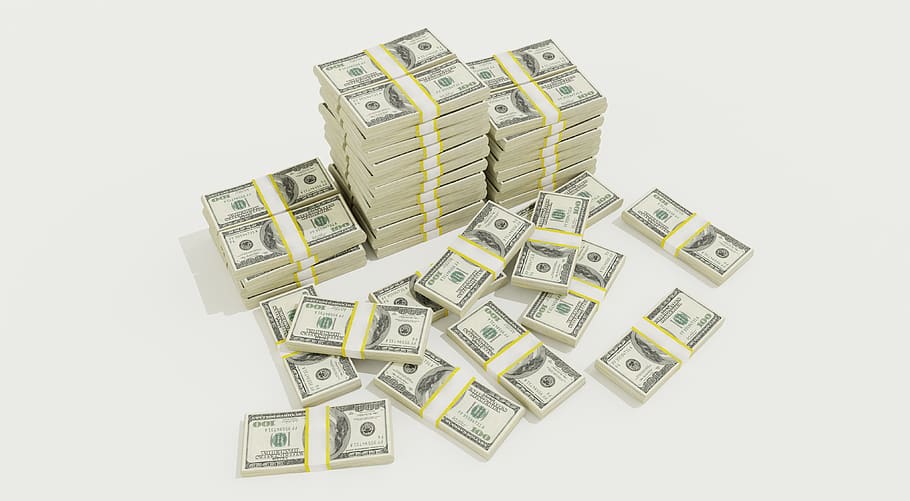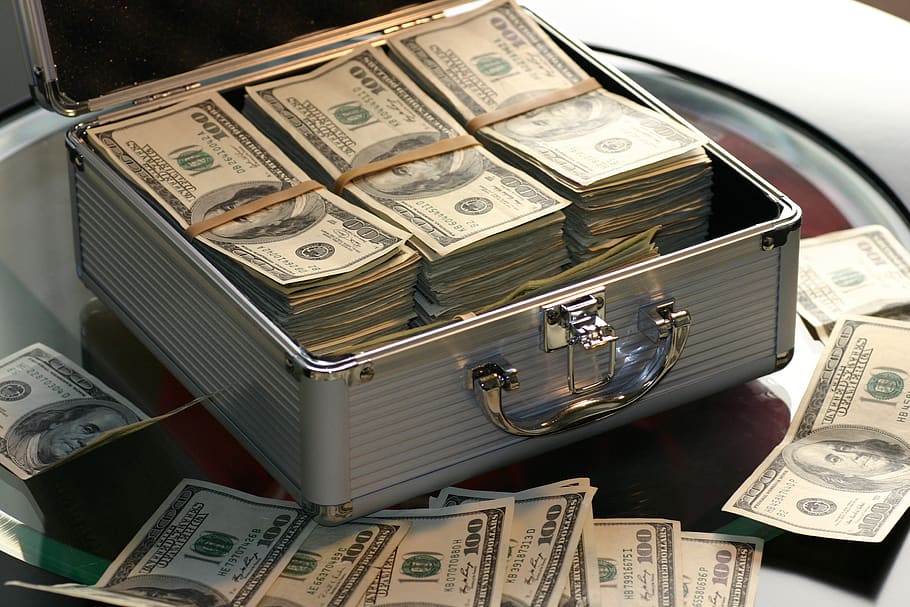How to Avoid Cryptocurrency Taxation in Australia
How to Avoid Cryptocurrency Taxation in Australia

Whether you have capital gains or income from cryptocurrency, the ATO has made it clear that you must pay tax on it. In Australia, you cannot completely avoid paying tax on cryptocurrency, but you can be strategic and optimise your tax position to pay less tax overall. Here are our top tips for legally avoiding cryptocurrency tax in Australia.
How to Avoid Crypto Tax in Australia
Before we begin, a quick reminder that the Australian fiscal year ends on June 30, 2022.
What is the significance of this?
Because many of these tax-avoidance strategies for cryptocurrency require you to act before the end of the fiscal year. You must also consider whether the ATO regards you as an individual investor or a trader, as some of these strategies are only applicable to traders or investors.
Also read: Top 10 Aerospace engineering School
Here are some steps you can take:
Track your unrealised losses before the end of the fiscal year.
Profit from your unrealised losses.
Identify opportunities for tax loss harvesting.
HODL.
When spending, apply the personal asset rule.
Purchase a Bitcoin ETF.
Invest in a BTC Self-Managed Super Fund.
Donate to a charitable organisation.
Following the EOFY:
Strategically offset your losses.
If possible, deduct mining expenses.
Choose the most cost-effective method.
Use cryptocurrency tax software.
Let’s get started.
Using a portfolio tracker, you can keep track of your unrealised gains and losses.
You won’t know how your crypto portfolio is doing unless you have a dedicated app that tracks all of your investments in one place (like Koinly). This will allow you to identify not only the best opportunities to sell and profit, but also the best opportunities to sell and lose money.
There are numerous crypto portfolio trackers available, but not all of them are created equal. At the very least, you should ensure that you can track:
Your account balance
Your unit price
Total cost
The current market value
Your unrealised profit or loss
Profit from your unrealised losses.
Bad investments occur. If you’ve invested in a coin that has gone from hero to zero, or if you’ve been the victim of a rug pull, there is a small silver lining: you can use these unrealised losses to reduce your tax bill.
You must first realise your loss in order to harvest it. This means you must dispose of your capital by selling, swapping, spending, or gifting your cryptocurrency. For instance, you could:
If possible, sell your tokens on an exchange.
Swap your tokens for another token, possibly using a native wallet if exchanges limit your coin’s transactions.
If possible, spend your tokens via the DeFi protocol.
Send your tokens to a friend, family member, or complete stranger.
Tokens should be sent to a burn wallet.
In the unlikely event that a blockchain fails or you lose access to your tokens, you may be able to file a claim with the ATO for a capital loss due to theft or casualty loss – but you’ll need plenty of evidence to back it up.
Also read: Fully Funded European Scholarship
Once you’ve identified your losses, you can consider tax loss harvesting.
Identify potential tax loss harvesting opportunities.
If you want to get really strategic, consider tax loss harvesting. This is an investment strategy in which you sell an asset to generate a loss and use that loss to reduce your tax bill, but you may later buy the asset back.
However, if you’re thinking about buying your asset back, keep the wash sale rule in mind.
According to the ATO, if an investor sells an asset at a loss and then buys it back within 61 days (30 days before the sale, the day of the sale, and 30 days after the sale), this is a wash sale, and the capital loss from this transaction cannot be claimed or offset.
In other words, wait until the entire wash sale period has passed before purchasing your asset back. Alternatively, you can accept your loss and reinvest in another cryptocurrency.
HODL
Do you have diamond hands? From a tax standpoint, you’ll benefit in Australia. If you keep your cryptocurrency for more than a year, you’ll get a 50% capital gains tax break when you eventually sell, trade, spend, or gift it.
This means you should be deliberate about the assets you sell. Although they may have grown in value over time, you’ll pay far less tax on assets held for more than a year.
Make use of the personal use asset rule.
If you hold cryptocurrency as a personal use asset, you can claim a Capital Gains Tax exemption if the value is less than $10,000.
The personal use asset rule can be complicated, and the taxpayer bears the burden of proving that your cryptocurrency was a personal use asset if the ATO decides to investigate. In general, the longer you’ve owned cryptocurrency, the less likely it is to be classified as a personal use asset.
However, if you buy cryptocurrency with the intention of spending it on something, the personal use asset rule will apply. For example, if you purchase ETH in order to purchase an NFT. Because you’ve only had the ETH for a short time and used it to buy an NFT for personal use, it could be considered a personal use asset, and you wouldn’t have to pay Capital Gains Tax when you sell it by trading it for your NFT.
Purchase a Bitcoin ETF.
A Bitcoin exchange traded fund (ETF) will be launched in Australia in April 2022, which is very exciting news.
ETFs are a tax-efficient way to gain exposure to Bitcoin without the hassle of self-custody. The majority of Bitcoin ETFs pay out dividend distributions, also known as franking credits.
Many businesses pay income tax on their taxable income and then distribute after-tax profits through franked dividends using franking credits. Investors do not have to pay Income Tax if the company within an ETF has already paid it.
Invest in a Bitcoin ETF SMSFs (Self-Managed Super Funds) are a way for Australian taxpayers to include cryptocurrency in their retirement portfolios, and they come with some nice tax benefits as well.
If you want to buy cryptocurrency with your SMSF, you can do so on several major exchanges, including Kraken, Swyftx, and CoinSpot. You simply need to register your SMSF Trust with the exchange you intend to use.
When you invest – and SMSF members are in the pension phase – any capital gain is tax-free.
A word of caution, however: the ATO is very specific about how an SMSF must be run, and failure to meet their requirements can result in significant penalties. The ATO website has more information about investing and running an SMSF.
Contribute to a DGR
While crypto gifts are not tax deductible in Australia, donations to a deductible gift recipient (DGR) are – and you can even claim a deduction. If you donate to a DGR, you can claim a deduction equal to the market value of your cryptocurrency at the time of the donation.
Following the end of the fiscal year on June 30th, here’s what you can do to pay less tax.
Strategically offset your capital losses
You can now use your losses to offset your capital gains and lower your tax bill if you tracked and harvested them during the fiscal year.
Offsetting your losses can be done strategically. The ATO lets investors choose which gains to offset. So, if you have short-term gains (selling crypto you’ve held for less than a year), you’ll be taxed on the entire gain at your marginal Income Tax rate. If you have long-term gains (you sold crypto after holding it for more than a year), you will only pay your marginal Income Tax rate on half of your gain. In other words, you can use your capital losses to offset your short-term gains, ensuring you pay the least amount of tax.
also read: Best Educational Podcasts
Make up for losses
Deduct your cryptocurrency mining costs.
In Australia, hobby mining is tax-free upon receipt, so you will not pay Income Tax on mined coins when you receive them – but you will pay Capital Gains Tax when you sell, trade, spend, or gift them later.
It’s a different story for those who see mining as a business. If you’re caught mining as a trader, you’ll have to pay income tax on the receipt – bad times.
However, if you are seen to be mining as a trader, you will be able to deduct a variety of mining expenses as business expenses. This could include expenses such as rig costs and electricity.
Mining taxation in Australia
Choose the best cost basis method.
Individual investors in Australia can use the FIFO, HIFO, or LIFO cost basis methods, though you must be able to demonstrate that you did so. This is fantastic news because these can make a significant difference in your tax bill. Our guide goes into great detail about crypto cost basis methods, but in summary:
FIFO produces the highest gains, but the 50 percent long-term CGT discount may reduce your tax bill.
LIFO produces the lowest gains, but it may increase your tax rate due to paying short-term Capital Gains Tax.
The HIFO method produces the lowest gains, but you’ll need good records to prove you used it.
However, those classified as traders by the ATO are restricted to using the FIFO cost basis method.
Use cryptocurrency tax software.
Koinly can help you track your entire crypto portfolio from a single location and determine your tax liability for the entire fiscal year. It not only calculates your cryptocurrency taxes for you so you always know your tax liability – but it also tracks your unrealised gains and losses on your dashboard so you know when to harvest gains and losses. Even better, Koinly is completely free to use. You’ll only need to upgrade to a paid Koinly plan when you’re ready to file and want to download your ATO myTax report.





